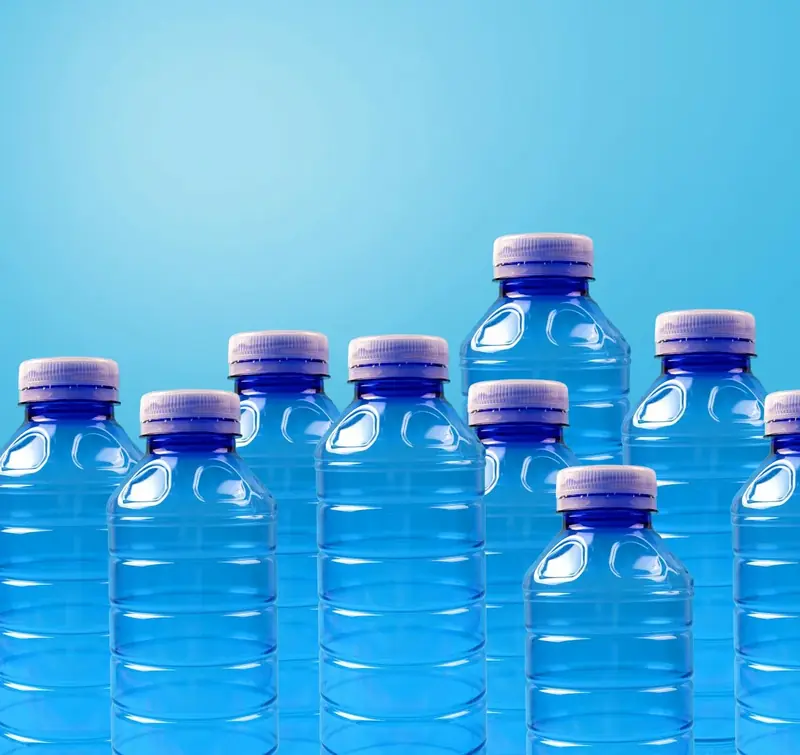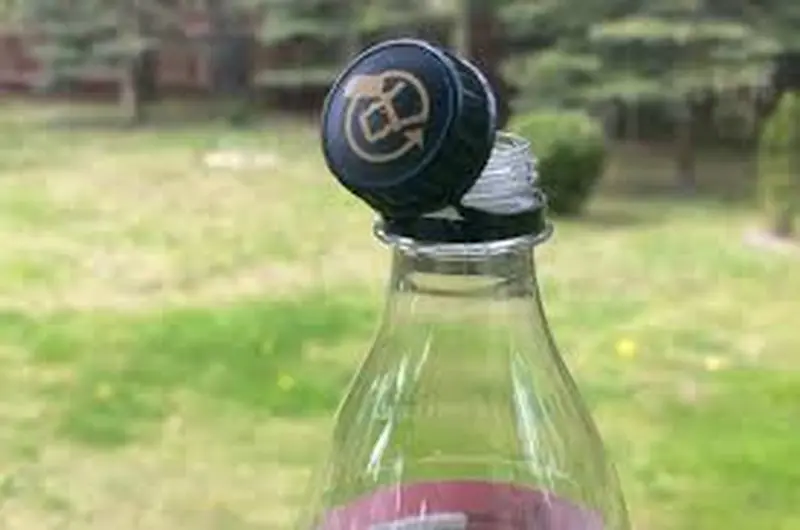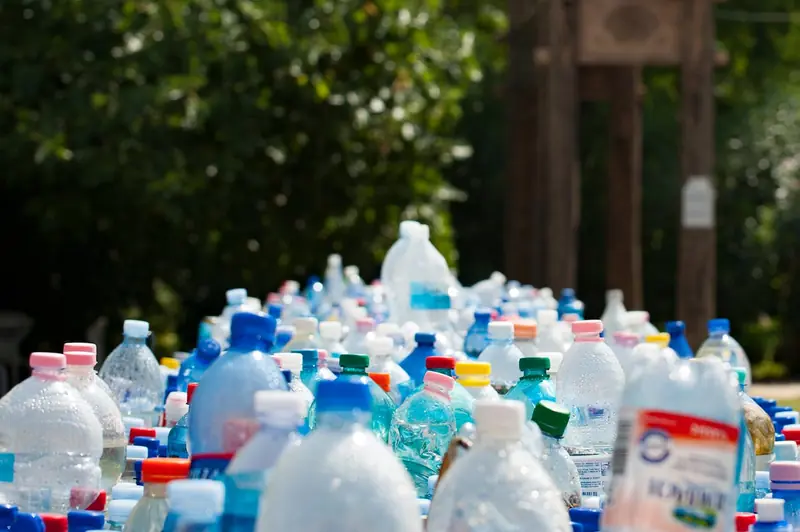
The foundation of this innovation is the fight for the environment.
Who would have thought that opening a plastic bottle could ruin your mood for an entire week? What was once a simple action has now turned into a dramatic affair. Try taking a sip from the bottle, and you’ll find yourself making awkward faces as the cap jabs your nose or pokes your chin. In the worst-case scenario, the liquid spills into the cap and inevitably splashes onto your clothes. You end up feeling like a baby in a bib.
If you attempt to break the thin piece of plastic connecting the cap to the rim around the bottle’s neck, you risk spilling your drink all over yourself again. But for now, this is the only way to end the struggle.

How This Idea Came to Be
This tiny addition to the bottle has turned a straightforward process into a risky endeavor. Opinions on this clever cap are divided. Some see it as a necessary step toward making our planet more environmentally friendly. Others have taken to social media to declare it “the worst thing to happen to humanity since headphone jacks were removed from smartphones.” Of course, that’s an exaggeration, but it reflects the outrage some consumers feel about the inseparable cap.
The best way to describe it is “attached.” The design stems from a European Union directive that proposed a new design in 2018. A year later, it was approved, along with a deadline for the caps to enter the European market: July 3, 2024. From that date forward, caps on all plastic beverage bottles with a capacity of three liters or less must remain attached to the neck after the container is opened. This ecological initiative pertains to EU countries, although some other nations have also adopted the change, finding it beneficial.

Why Is This Necessary?
The creators of the new design did not aim to irritate thirsty Europeans. Their focus was on a serious issue: plastic waste. According to the Independent, around 400 million tons of this material are produced on Earth each year. Plastic breaks down into tiny particles that never truly disappear, infiltrating the environment and the human body, causing endocrine disruptions and even cancer. Microplastics are polluting the world’s oceans and soil.
Therefore, a change in the familiar bottle, which may initially seem like a source of irritation and even anger, can actually be viewed as a smart solution when considering the global benefits for the planet.
Previously, caps would fall off and get lost, often ending up in sewers or bodies of water. They were one of the most common types of plastic waste that littered beaches. Even if they made it into a trash bin and then to a recycling plant, their tiny size often allowed them to slip through the sorting screens.

